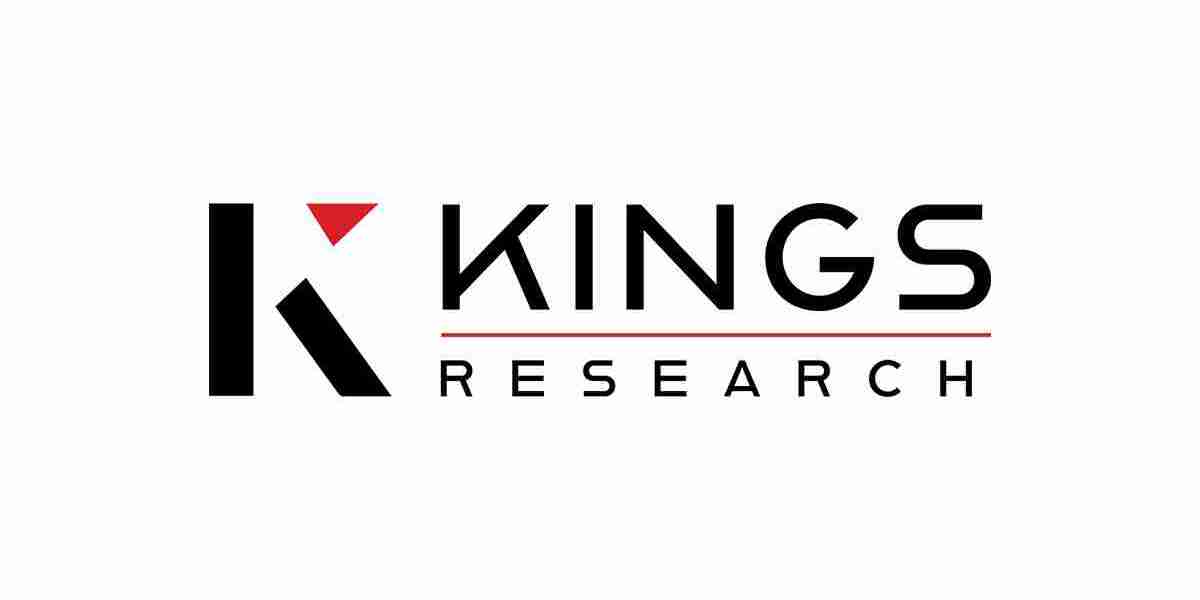The holiday season offers businesses a chance to stand out, and a well-executed commercial holiday lighting installation can draw attention, boost foot traffic, and spread festive cheer. Planning this kind of display takes more than just stringing up a few lights, it involves coordinating design, budget, and logistics to suit your business’s needs and space. Whether you run a small shop or manage a large office complex, a thoughtful approach ensures the result looks professional and fits your goals. This article walks through the steps to plan a successful lighting setup that highlights your business during the holidays.
A commercial holiday lighting installation starts with defining what you want to achieve. Are you aiming to attract customers, create a welcoming vibe, or simply mark the season? Once you have a goal, you can map out the project, from picking key areas to light up to setting a budget that works for your bottom line. For a typical small business, costs might range from $500 to $2,000, while larger properties could see expensesC depending on the scale and complexity. Getting this right early keeps the process smooth and the outcome impressive.
Define Your Goals and Vision
Knowing why you’re installing lights shapes every decision that follows. Clarity here saves time and money.
Set a Purpose
Decide what the display should do, bring in shoppers, impress clients, or just decorate the space. A retail store might focus on eye-catching window displays, while an office might prioritize a warm entrance.
Picture the Look
Think about the style you want, classic white lights for elegance, bold colors for fun, or a mix. Sketch a rough idea or browse examples to share with your team or installers.
Assess Your Property
Understanding your space is key to a practical commercial holiday lighting installation plan. This step avoids surprises later.
Measure the Area
Walk the property and note dimensions, rooflines might be 200 feet, a tree 30 feet tall, or a storefront 50 feet wide. Accurate numbers help with budgeting and ordering supplies.
Check Power Sources
Look for outlets or power access points. If they’re scarce, you’ll need extension cords or a generator, which adds to the cost and setup time.
Set a Budget
Money drives what’s possible, so nail down a figure before moving forward.
Estimate Costs
Small setups might hit $500, medium ones $1,000 to $3,000, and big commercial holiday lighting installations could top $5,000. Factor in lights, labor, and extras like timers or repairs.
Allocate Funds
Split the budget, maybe 40% for materials, 50% for installation, 10% for upkeep. Adjust based on priorities, like spending more on design if looks matter most.
Choose Between DIY and Professionals
Deciding who handles the work affects both cost and quality. Weigh your options early.
DIY Approach
If you’ve got a small space and handy staff, DIY might cost $200 to $500 for supplies. It’s cheaper, but takes time and some skill to pull off well.
Hiring Pros
Professional installers charge more, $500 to $5,000 depending on size, but deliver speed, safety, and polish. For businesses, this often makes sense to avoid disruptions.
Pick the Right Lighting and Features
The lights you choose set the tone and impact the budget for your commercial holiday lighting installation.
Select Light Types
LEDs are energy-efficient and durable, costing $10 to $30 per strand, while incandescent bulbs are cheaper, $5 to $15, but less reliable. Match them to your vibe and power setup.
Add Extras
Timers, $10 to $50, save electricity. Synchronized shows with music, starting at $1,000, grab attention. Pick what fits your goal and wallet.
Plan the Design Layout
A good design makes your business pop. Map it out before a single light goes up.
Highlight Key Spots
Focus on high-traffic areas, entrances, windows, or signage get the most eyes. A $1,000 budget might light the front, while $3,000 covers the whole building.
Keep It Balanced
Spread lights evenly, too much in one spot looks cluttered, too little feels sparse. Pros can sketch this, or you can test small sections first.
Coordinate with Installers or Staff
Whether it’s your team or hired help, clear communication keeps the commercial holiday lighting installation on track.
Brief the Crew
Share your goal, budget, and timeline, November 15 for setup, January 5 for takedown. Give them the design plan and access details.
Schedule the Work
Book pros early, October is best before their calendars fill. For DIY, pick a quiet day to avoid bothering customers or tenants.
Handle Permits and Safety
Commercial spaces often have rules, and skipping them can stall your project.
Check Local Codes
Some cities need permits for outdoor displays, especially if they’re big or near streets. Call the municipal office, it’s usually free or cheap to sort out.
Prioritize Safety
Ensure wiring’s secure and ladders are stable. Pros handle this, but DIY means you’re on the hook, so double-check everything.
Arrange Maintenance and Takedown
Lights need care to shine all season, and cleanup matters too.
Set Up Repairs
Budget $50 to $200 for fixes, wind or snow might loosen strands. Pros often include this, DIY means keeping spare bulbs handy.
Plan Removal
Takedown might cost $100 to $500, or be bundled with setup. Schedule it, January’s first week is standard, to avoid a lingering mess.
Promote Your Display
A great commercial holiday lighting installation deserves attention. Spread the word to maximize its impact.
Share on Social Media
Snap photos and post them, tag local groups or use holiday hashtags. It’s free and pulls in curious visitors.
Tie to Events
If you’re hosting a sale or open house, mention the lights. A $2,000 display paired with a promotion could boost sales fast.
Final Thoughts on Planning a Commercial Holiday Lighting Installation
Planning a commercial holiday lighting installation blends creativity with strategy, from setting goals and budgets to picking lights and scheduling the work. By measuring your space, choosing key areas, and lining up help early, you can create a display that fits your business and draws the right crowd. Whether it’s a modest glow or a big spectacle, a solid plan keeps costs down and the season bright.






